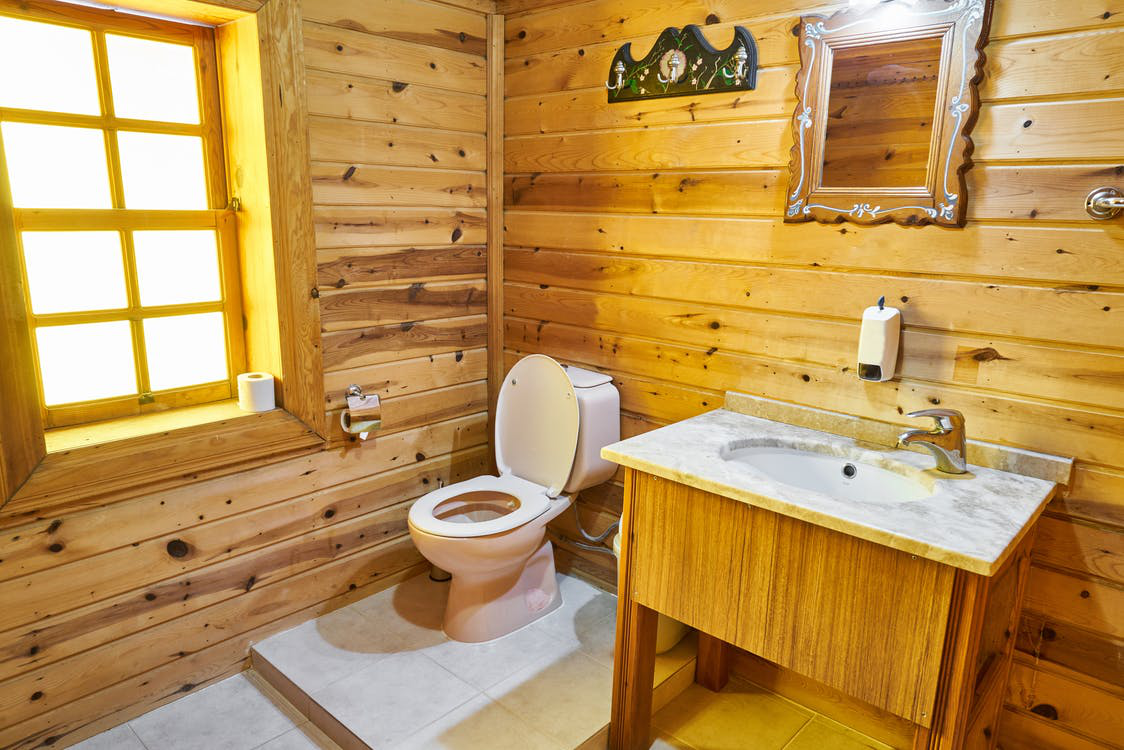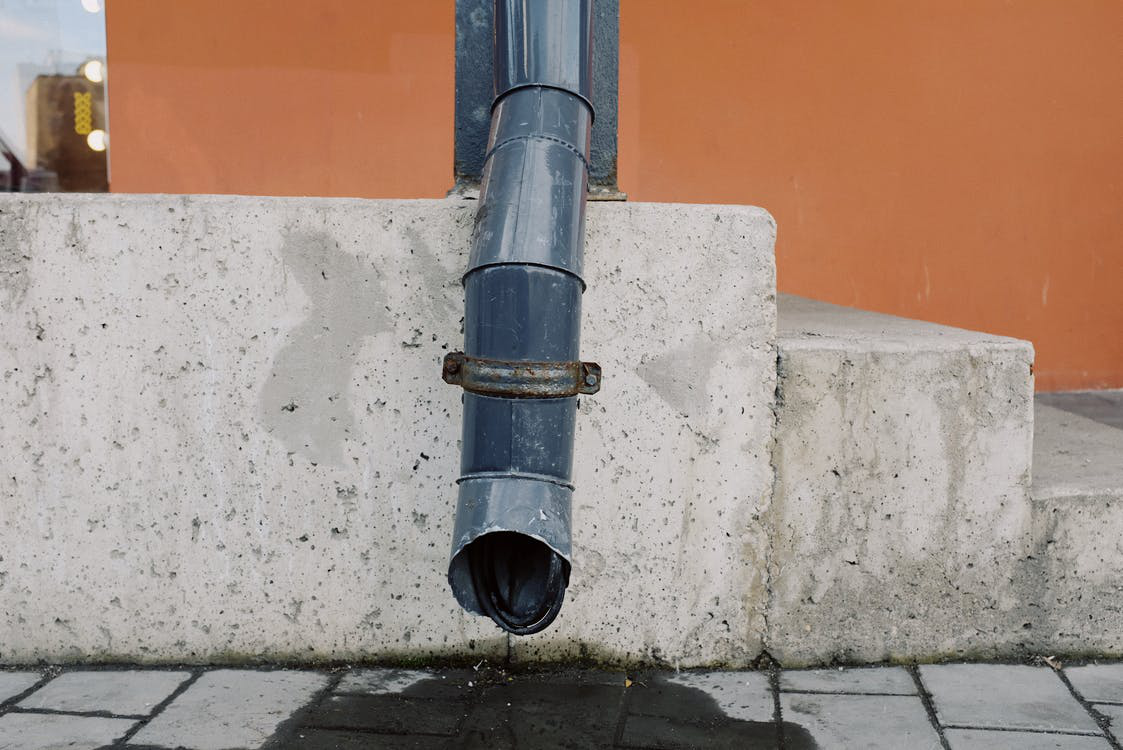
According to the Environmental Protection Agency, septic tank systems are becoming more common by the day. One in five homes in the United States now has a septic system installed.
However, not all homeowners practice proper maintenance when it comes to their septic tanks. This can pose a risk to your family’s health and well-being, while also being harmful to the environment.
Learning how septic tank systems work can help you understand how to take care of them better. Here are some useful tips:
Types of septic systems
There’s a wide variety of septic system designs out there, depending on the location, neighborhood, and country. To find out if you have a septic tank system in your home, click here.
Some factors that play a crucial role in determining the right design include:
- The size of your home
- The type of soil
- Inclined surfaces
- The size of the property
- Whether there are any natural resources of water in close proximity
- Government regulations
- The climate
Some common septic systems include:
- Septic tank
- Drip distribution
- Chamber system
- Conventional system
- Mound system
- Aerobic treatment
- Recirculating sand filter system
- Community system
- Evapotranspiration system
Septic tanks: how they work and maintenance tips
These wastewater treatment tank systems consist of cylindrical tanks that are watertight. The tank itself provides a place for good bacteria to grow and settle; these organisms are at the heart of the entire system.
These bacteria break down waste so only clean water is released. When the waste enters the tanks, it is in an effluent state, which means it’s watery. The anaerobic bacteria start working on the organic waste and break it down further.
Eventually, the solid parts or sludge, which are inorganic, descend to the bottom of the tank. The rest, known as called scum, is made of oils and greases and makes its way to the top.
A filter in the tank keeps the solids from escaping the tank while the effluent liquid exits from the drain and into the gravel surrounding the tank. The gravel contains aerobic bacteria that decompose the waste further so clean water can go into the aquifer and mix with the ground water.To ensure your septic tank system works well, keep the following things in mind:
- Avoid flushing things that take longer to decompose, including diapers, cigarette butts, lint, and other synthetic fibers.
- Limit the use of harsh disinfectants that can kill the bacteria in the tank system.
- Reduce water use, since excess wastewater can flush the tank out entirely and can also lead to more sludge.
- Keep your septic tanks clean and fresh with our toilet clean flush sheets.
Find out more about our products by visiting our website and contact us for more information.

